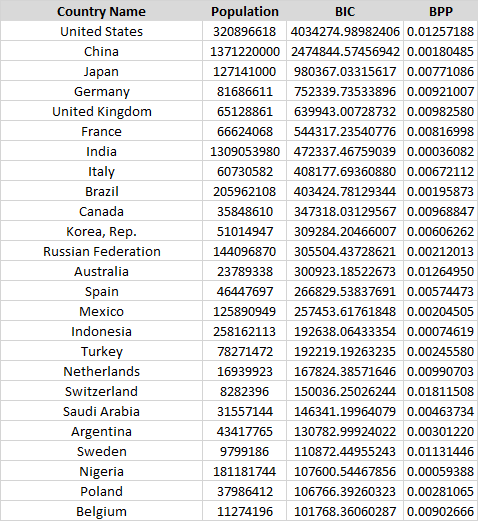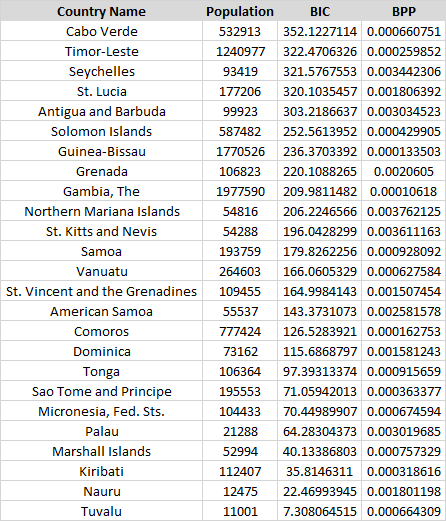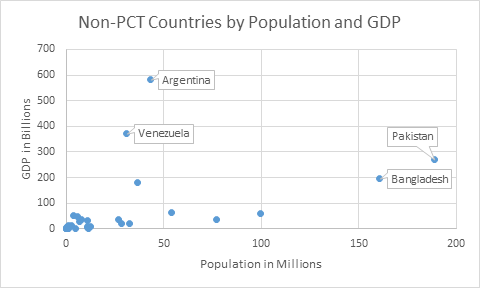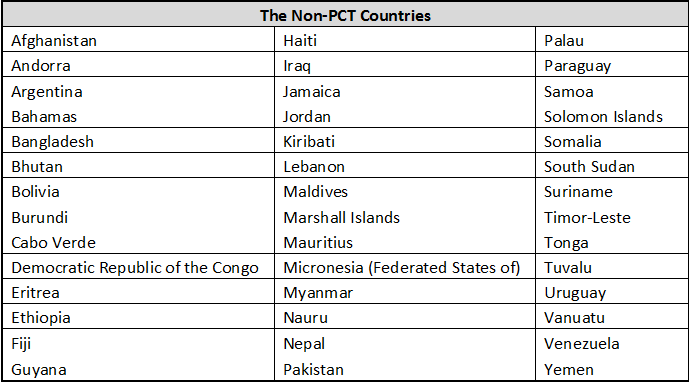Will we see a resurgence in the interest in, and more importantly purchasing of, physical media? A Thanksgiving conversation centered around the rising costs of streaming services year after year, and whether we would see a boom in Blu-ray ownership as a result of this trend. I am dubious that people will go through the extra steps of making shows and movies captured on Blu-ray their preferred media consumption medium, but I wanted to think through the process by which such a scenario would come about.
Streaming services, once hailed as the most cost-effective and convenient way to consume media, have seen a steady increase in subscription costs over the past few years. Initially undercutting traditional cable prices, these services have gradually hiked their fees, ostensibly due to the rising costs of content production and acquisition.
The advantages of physical media are numerous. They offer a one-time purchase with no recurring fees, higher video and audio quality, and a sense of ownership that streaming cannot replicate.
However, the question remains: what would actually trigger a shift back to physical media? For one, the rising costs of streaming services could push consumers to reconsider their monthly subscriptions. The cumulative expense of multiple streaming services can often surpass that of purchasing physical media, especially for timeless classics and favorite series that one may watch repeatedly.
Another factor could be the dissatisfaction with the transient nature of streaming libraries. Unlike physical media, streaming services often rotate their content, removing shows and movies due to licensing agreements. This impermanence can be frustrating for consumers who wish to have constant access to their favorite content.
Additionally, the superior quality of Blu-ray discs in terms of picture and sound is undeniable. For cinephiles and audiophiles, the uncompressed audio and video on Blu-rays offer an experience that streaming services, with their variable bitrate and compression, cannot match.
Despite these potential catalysts, there are significant hurdles to a widespread return to physical media. The convenience of streaming – instant access to a vast library without the need for physical storage – cannot be underestimated. Moreover, the cohort of the population that grew up with physical media first is slowly diminishing and being replaced with digital natives who only truly know streaming.
Frankly, the economics of switching back to physical media do not seem to make sense given the ease with which people can sign up for streaming services and cut the stream when desired.
In conclusion, while the rising costs of streaming services and the inherent benefits of physical media may sow the seeds for a potential comeback, a major shift in consumer behavior and values would be required for Blu-rays and DVDs to regain their former glory.




